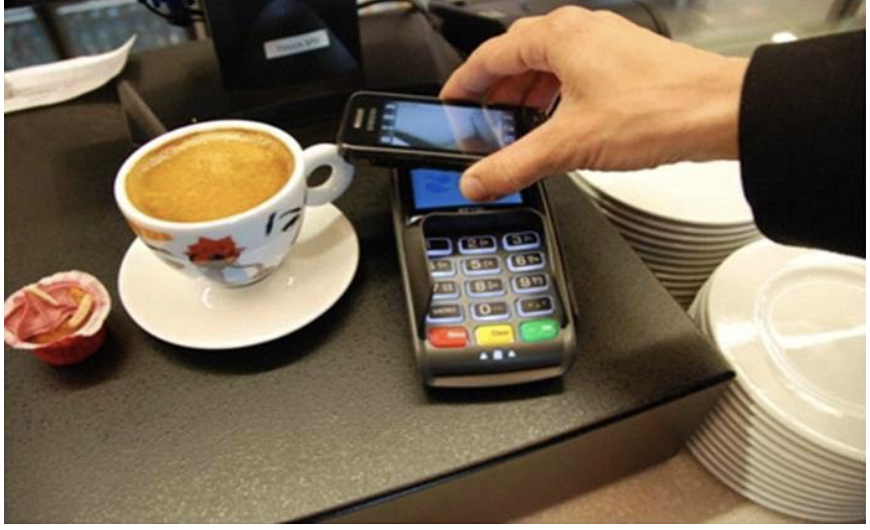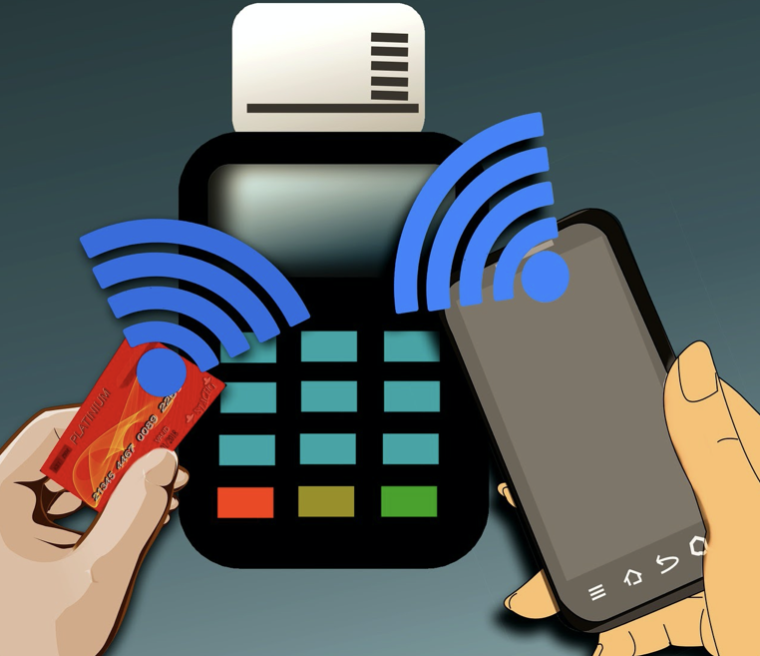By John Allen
For such small devices, smartphones allow you to do an amazing variety of things. Whether it’s staying in touch via a video call app, checking your bank account details, or booking a hotel room. With the development of near field communication (NFC), the breadth of options is increasing. You’ll also be able to use your smartphone to pay for purchases and access secure premises.
The iPhone 11 from Apple, which debuted in September 2019, boasts native support for NFC technology. Given the immense global popularity of the iPhone, this could have major implications for businesses. It’s up to businesses to adapt and meet the needs of their customers and staff. New, frictionless experiences using NFC are one way to do so.

Mobile has changed the face of business. Particularly with regard to customer service in the retail and leisure sectors. NFC transactions are likewise already having a similarly revolutionary effect. Now that NFC technology is essentially standard in new smartphone devices, businesses must brace themselves for that impact – if they haven’t already. Customers have increasingly high expectations, and businesses that don’t meet them are likely to fall by the wayside.
So, what does the rise of NFC mean for businesses? Let’s take a closer look.
What is NFC?
FC allows devices which are equipped with the technology to share data when they’re in very close proximity (around four inches). We’ve noted that NFC already comes as standard in some new smartphones. It can also be found in a wide range of other devices, including laptops and tablets. NFC chips are also common in contactless-enabled credit cards. Devices equipped with NFC chips can thus be used to exchange small amounts of data between one another.
The main difference between NFC and, for example, Bluetooth is that it doesn’t require device discovery or manual pairing to share information. NFC enables two-way communication between devices once they’re within that four-inch distance. That’s without the use of WiFi or 4G. NFC is an evolution of radio frequency identification (RFID) technology, which uses readers to decode data transmitted via radio waves.

Because NFC has such a limited radius, it offers a reliable degree of security. This has done much to assist its popularity with the general public, by reassuring consumers that they can make contactless payments safely. Above all, however, NFC has been a hit with consumers because of its simplicity. It allows them to make purchases without the hassle of carrying cash, and it’s also quicker and simpler than chip-and-PIN payment.
The rise of mobile payments has greatly accelerated the trend towards a cashless society. All consumers have to do to make a mobile payment is place their device within four inches of a contactless reader. A prompt will then pop up on their phone asking them to confirm the transaction. And that’s it – simple, safe, and secure. Just as simply, NFC can also provide access to secure buildings. In the same way as contactless payment using a smartphone replaces a credit card, entry access with a mobile device replaces a security or ID card.
What does NFC mean for businesses?
NFC’s rapid growth presents businesses with many opportunities, but also poses some challenges. On the one hand, it allows businesses to make life easier for their customers or staff. Whether by facilitating easy and secure payments or revolutionizing access to premises. On the other, it forces them to change the way they operate to meet consumer expectations. Those businesses that have yet to embrace NFC are already at a significant disadvantage.
In the modern commercial environment, customer experience is of the utmost importance. Consumers have come to expect a level of engagement which some businesses have been slow to match. NFC tags can be added to any physical object. They can be used to unlock exclusive content or offers for customers who have NFC-enabled phones and apps. The potential to enhance overall user experience is almost limitless.
Traditional card-based loyalty schemes are increasingly going out of fashion as consumer habits change. NFC technology and mobile apps can be used to make convenient mobile loyalty schemes. The kind of schemes that adapt to changes in customer behavior and the huge popularity of mobile-first retail and leisure experiences.

However, having said all that, the advent of mobile payment is still doing more than anything else to transform the retail sector. The exponential growth of digital wallet transactions means that retailers, restaurants, and other leisure outlets need to change their own habits to mirror those of their customers in an era of digital transformation.
There are also potential advantages for businesses, as mobile forms of payment do away with the need for checkouts. This frees up resources that could be used elsewhere, as well as enhancing the customer’s experience by preventing them from having to wait in long queues.
We should stop and take a moment to appreciate the drastic changes to the way consumers make purchases over the last decade or so. First, online retail surged to immense popularity. That forced businesses to adapt and expand their online offering (covering everything from bespoke mobile apps to optimized category pages for SEO purposes).
At the same time, firms have had to change the way they operate internally as a result of the recent technological revolution. That’s meant adopting new innovations such as video conferencing, including alternatives to Skype, into their everyday communications. Not to mention leveraging other collaborative tech, such as the ability to screen share.
Mobile payments and other NFC opportunities are a new frontier. The iPhone 11’s native support for the tech shows how much Apple thinks of it. It’s not too late for businesses to embrace this newest tech trend. The sooner you do – if you havenn’t already – the more you’ll reap the rewards.

John Allen is the director of global SEO at RingCentral, a global UCaaS, VoIP and video conferencing solutions provider. He has over 14 years of experience and an extensive background in building and optimizing digital marketing programs. He has written for websites such as Bamboo HR and Hubspot.
